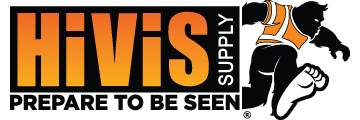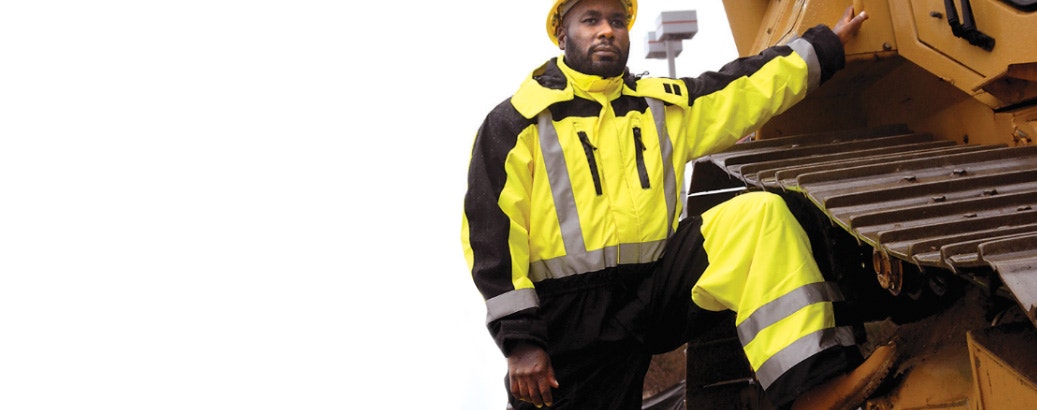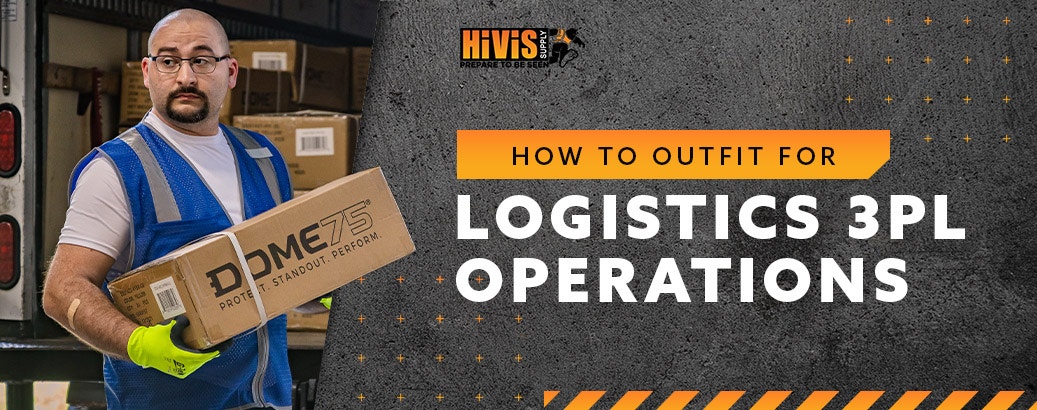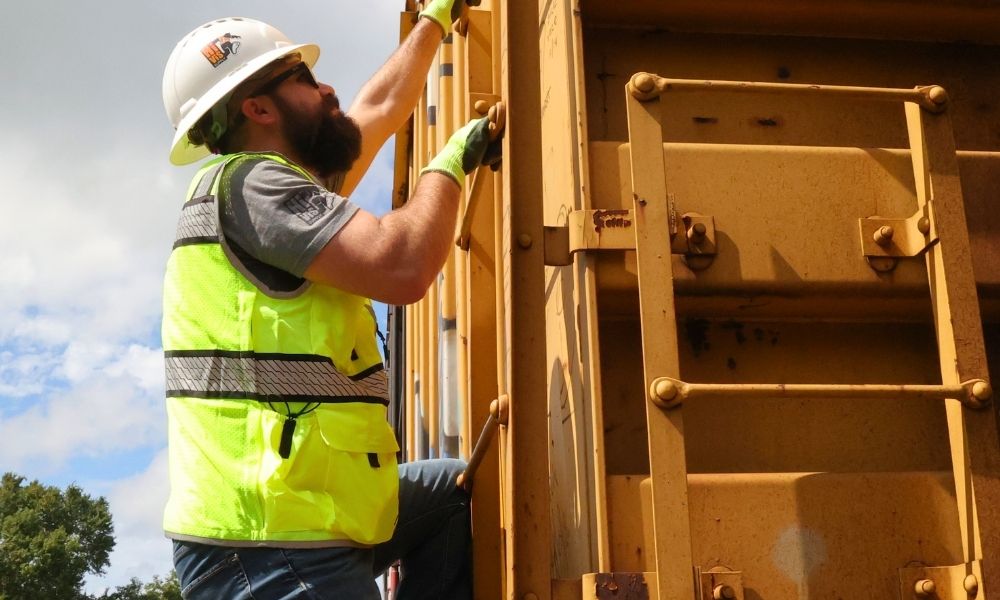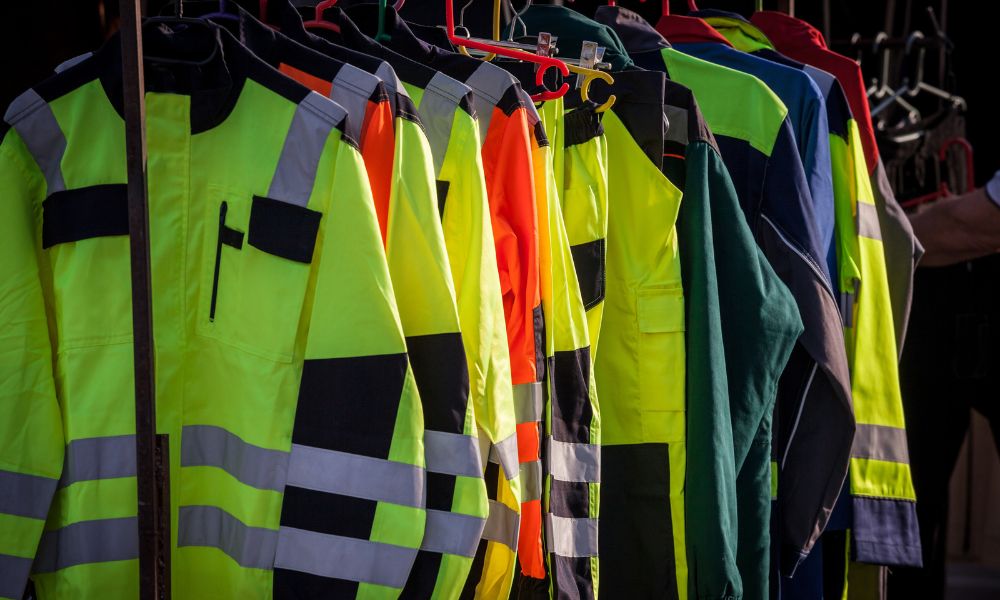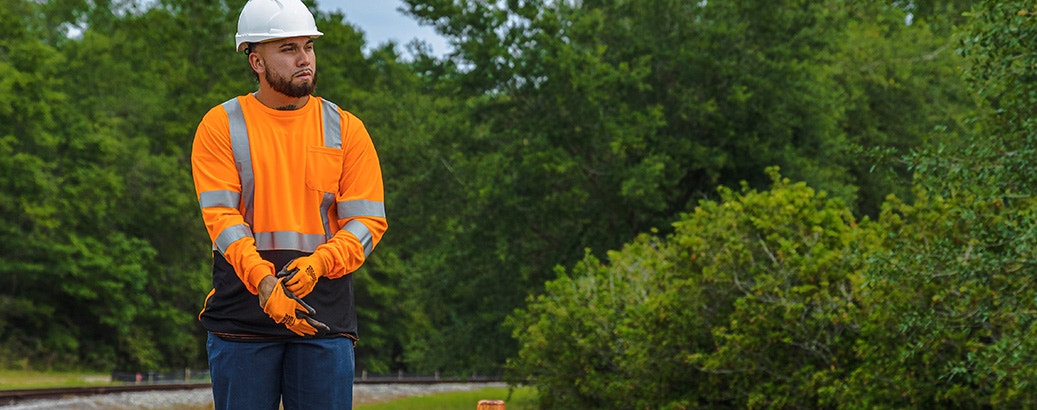How to Outfit for the Waste Management Industry
- By HiVis Supply
- Jun 22, 2022
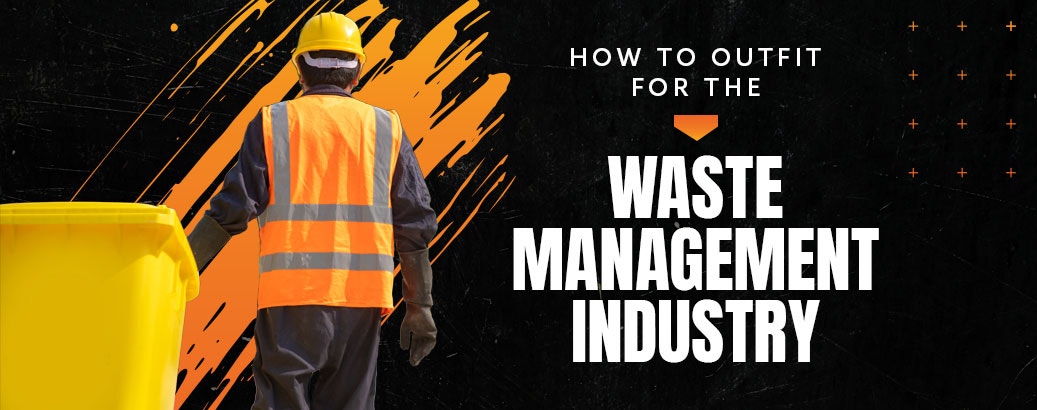
Heavy machinery, traffic hazards, hot and cold weather — it’s all in a day’s work for folks in the waste management industry. Thus, when waste management employees are out there collecting, transporting and processing the world’s trash and recycling, they need professional-quality protection to make sure they can do the job safely and effectively. What are the key pieces of waste management safety clothing? It’s time to find out! Here, we’ll talk about the key personal protective clothing that every sanitation worker should have access to. Let’s start by taking a look at what kind of dangers waste management professionals face on the job.

Common Hazards in Waste Management
Reducing worker injuries from waste handling should be a top priority for any waste collection or processing business. To do that, it’s critical to understand the most prominent dangers for waste management workers like garbage collectors and recycling plant personnel. These are some of the main hazards to be aware of:
- Vehicle Hazards: Workers in municipal refuse collection services work around moving vehicles constantly. For the people driving other vehicles nearby, or even for the person driving the garbage truck, it can be hard to spot garbage workers moving in the street. Workers in waste processing facilities such as recycling centers, meanwhile, have to look out for vehicles like forklifts.
- Machinery Hazards: Garbage trucks are equipped with heavy lifting and crushing mechanisms that can easily injure workers’ hands, feet or other body parts. Meanwhile, sorting and processing machinery in waste processing facilities also has the potential to seriously injure workers if safety rules aren’t followed.
- Weather Hazards: Whether it’s the blazing hot sun or cold snow and rain, all kinds of weather conditions can be hazardous to sanitation workers in the field. Overheating, sunburn and frostbite are all possible without the right protection from weather conditions.
- Cut and Puncture Hazards: Sharp objects like broken glass, splintered wood and jagged metal present cut and puncture hazards for workers across the waste management industry every day.
- Ergonomic Hazards: Waste management often requires repetitive work lifting heavy objects like garbage cans, which means workers can easily strain their back, knees, ankles or other joints if they’re not working with the right ergonomic protections.
- Eye Hazards: As waste materials get dumped, crushed and processed, they can throw off bits of flying debris that are dangerous to a worker’s eyes.
Obviously, these hazards are no joke. So, what’s the secret to keeping waste management workers safe?
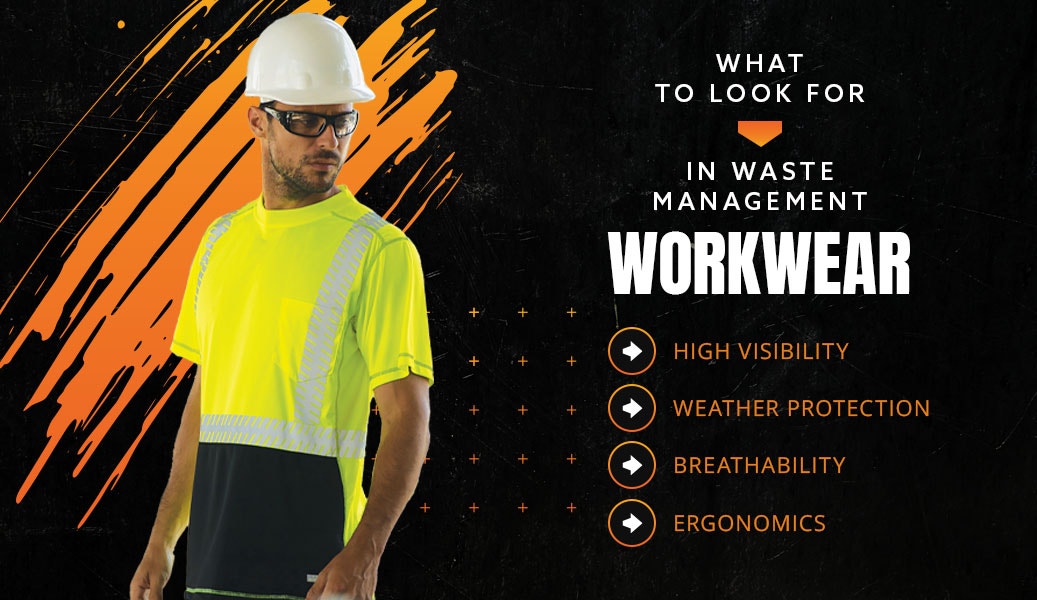
What to Look For in Waste Management Workwear
Personal protective equipment (PPE) is an essential part of the equation when it comes to safety in waste management. These are some factors that waste management professionals look for when getting equipped with protective workwear:
- High Visibility: Waste collection workers need work clothes made with high visibility features like reflective tape and fluorescent colors. These visibility features help make workers easier to see for vehicle and machinery operators. In some cases, workers might need to wear hi-vis gear with an ANSI 107 rating, the national professional standard for hi-vis clothing that requires certain amounts of reflective and fluorescent material.
- Weather Protection: For waste collection workers who get exposed to weather conditions on the job, it’s vital to have workwear that’s suitable for the weather. That could mean a well-insulated coat for a cold day, a waterproof jacket for a rainy one or a light work shirt when it’s hot outside. In sunny conditions, long-sleeved clothing with a UPF factor can be key for preventing sunburn.
- Breathability and Comfort: Whatever the weather conditions, sanitation workers need breathable, comfortable clothing. Mesh fabrics are popular for creating good airflow in garments like safety vests, and just about any kind of workwear from jackets to pants to gloves is now available with ventilation features to help keep the wearer cool. Moisture wicking is another key feature that allows garments to actively move sweat away from the wearer’s skin, which helps prevent chafing and keeps body temperature regulated.
- Ergonomics and Flexibility: Workers will have a harder time using the right ergonomic movements on the job if their work gear doesn’t give them a full range of body motion. Thus, the best workwear for waste management workers should have built-in flex points in areas like the knees, back and crotch to make sure that workers can bend and stretch as much as they need to.

A breakaway safety vest can be a great choice for waste collection workers.
Essential Waste Management Safety Clothing
What kind of workwear should waste management employees be equipped with on the job? The answer will always vary by climate, job duties and other factors, but there are some essentials that most workers will need at one time or another. Here are seven must-have pieces of gear for waste collectors, landfill and recycling plant workers or anyone else who works in waste management.

1. High Visibility Vest
A hi vis safety vest is one of the most common PPE items for waste management workers. Hi vis vests are an effective and affordable way to give sanitation workers the visibility boost they need to stay safe on the job. They’re also comfortable, easy to take on and off and available with lots of different features to suit different needs.
Depending on where and when the person will be working, an ANSI Class 2 or Class 3 vest might be required. Don’t need ANSI rated vests? Browse our lineup of affordable non-ANSI enhanced visibility vests, including a wide range of colors that make it a snap to color-code worker vests by position, training, contractor status or just about any other factor. A breakaway vest can also be a great choice for waste management since these vests are designed to come off when pulled, helping to prevent workers from getting caught in moving machinery. Finally, for workers who need a convenient carrying place for small tools and materials, check out our selection of surveyor vests with tons of pockets.

2. Headwear
Hi vis headwear is another key tool for keeping waste disposal workers safe in any weather conditions. In cold weather, a knit beanie, with or without a fleece lining, is a standard choice for keeping a worker’s head and ears safe from frostbite. If conditions are really cold, a full-face balaclava can be the best choice for preventing injury to sensitive areas like the nose.
Even in sunny conditions, a baseball cap or safari hat can be clutch for keeping the sun off the face and neck. Workers in waste management facilities who might be exposed to flying debris will often need safety glasses for eye protection too. Finally, don’t forget that many work hats are available with enhanced visibility features that can help workers stay seen more easily.

3. Work Shirt
Hi vis work shirts are a go-to workwear option for visibility in warmer environments since they can offer ANSI Class 2 or Class 3 visibility protection without sacrificing a light and breathable feel. Well-made work shirts are designed to be extra comfortable during a long day’s work, whether someone’s collecting garbage cans or processing glass for recycling.
Another part of why hi vis work shirts are so popular is that they’re available in numerous styles and fabrics. HiVis Supply offers a huge selection of comfortable work shirts, including both short- and long-sleeve models. Choose anything from a t-shirt to a polo to a button-up to suit your dress code or preferred look, and select from our many breathable fabric options, including birds-eye polyester moisture wicking shirts.
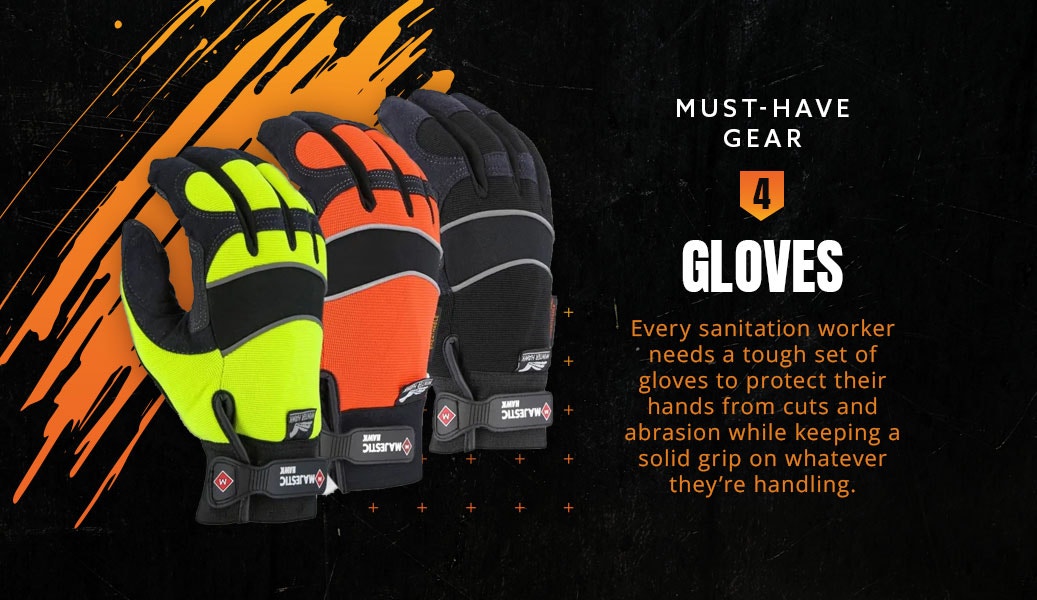
4. Gloves
Waste management involves handling heavy objects and operating machinery, often when weather conditions are less than ideal. Cut hazards from sharp objects are a major concern too. That means every sanitation worker needs a tough set of gloves to protect their hands from cuts and abrasion while keeping a solid grip on whatever they’re handling.
Key features to look for in gloves for waste management include rubberized palm grips, reinforced knuckle armor to protect from impacts and fluorescent safety colors for extra visibility. If workers will be out on the job in cold and/or wet conditions, insulation and waterproofing are also essential features. Finally, for jobs with a high risk of cuts, a pair of ANSI cut-rated gloves is essential, so make sure to check the gloves’ ANSI cut rating first to verify that it meets your standards.

5. Rain Gear
Garbage and recycling collectors don’t get to take the day off for rain, which means hi vis safety rainwear is another essential piece of kit for waste management workers in the field. Start by getting familiar with the difference in waterproof vs. water resistant clothing — it’s a key distinction for getting the right rainwear. When it comes to rain gear, it’s important to have multiple warmth levels available. A waterproof parka is a must for winter months (see below), while a light rain jacket is perfect when it’s warmer but wetter. HiVis Supply also offers all-in-one rain gear kits that include zip-out linings so anyone can customize the garment for their perfect level of warmth.
Keep in mind that rain reduces the visibility of workers on the road even more than usual, so consider whether you’ll need ANSI-rated rain gear. To see great selections from our lineup of hi vis rainwear and more tips on making the right choice, read up on five essential factors for choosing rainwear!

6. Fall/Winter Jacket
Unless your waste management organization is located somewhere that it never gets cold, sanitation workers in the field will need warm and sturdy clothing for the chillier months of the year. A hi vis sweatshirt or light quilted jacket for fall and/or spring is a great place to start, but it’s important for workers to have something heavier and more durable when they’re in the teeth of winter.
Traditional parkas provide heavy-duty protection, but some don’t provide the right level of mobility that sanitation workers need. Bomber jackets and softshell jackets are two styles that can offer serious warmth while maintaining flexibility, which makes them both great options for waste management workers on the go.

7. Pants
Waste management workers can get lots of different benefits from adding a pair of hi vis pants or bib overalls to a hi vis outfit. First, it’s a great way to boost visibility even further; in fact, you can pair an ANSI Class 2 vest or shirt with a pair of ANSI Class E pants for an ANSI Class 3 ensemble!
A pair of waterproof hi vis pants is also key for keeping waste management employees dry when they’re working in wet weather. For extra warmth and water resistance, some waste management pros who work in harsh conditions also wear waterproof bib overalls as part of their hi vis outfits.
It’s time to get your whole waste management crew outfitted with the latest and greatest hi vis PPE! HiVis Supply’s selection of workwear includes great prices on everything that waste management workers need to work safely and thrive in their jobs. See all of our options for waste management safety clothing now or check out all of our hi vis gear to discover all of the choices we have available!
